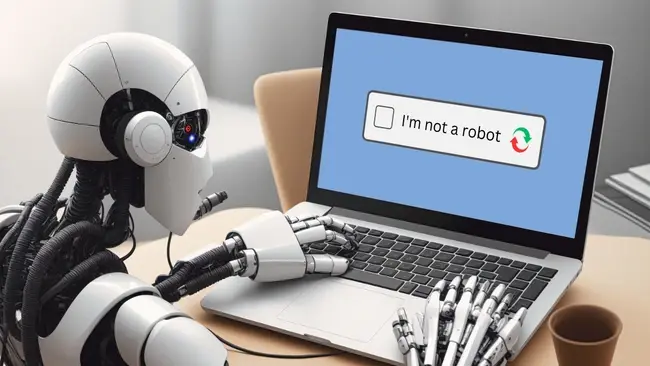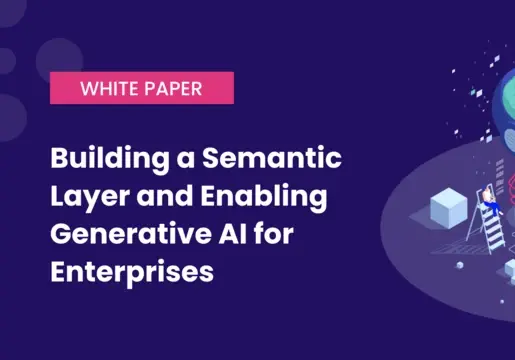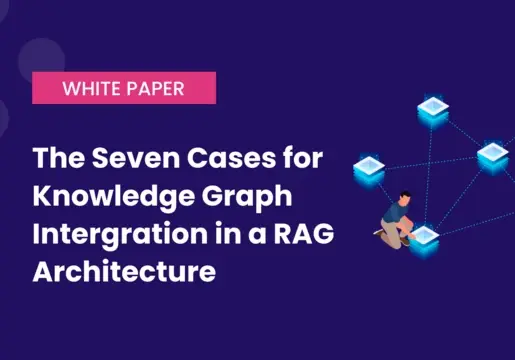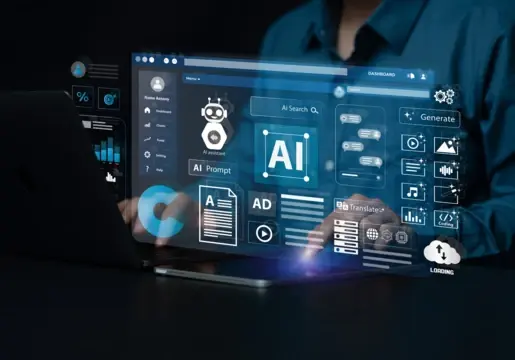Nothing has taken the enterprise world by storm more than artificial intelligence over the past few months. It began with the launch of OpenAI’s ChatGPT last November, which garnered the attention of business leaders and IT experts for its impressive human-like capabilities and incredible accuracy. Now, the excitement for AI is gripping Silicon Valley.

Microsoft has invested a whopping $10 billion into the development of generative AI technology to integrate into its Bing search engine. Google has issued a “code-red,” moving huge amounts of resources towards AI departments as it responds to the new competition from OpenAI and Microsoft. Meanwhile, Meta has partnered with Baidu to create its own chatbot after an earnings slump, raising its share prices by 201 per cent overnight.
With AI developments exploding across Big Tech, major advancements in AI are to be expected this year despite the economic challenges many firms are facing. According to Fortune, companies will invest over $50 billion in the year ahead– and the technology will result in economic growth of over $13 trillion by 2030. The AI revolution is truly upon us.
As AI makes waves online, its role in the future of the enterprise remains uncertain. While sceptics worry that the technology will see millions out of jobs, optimists forecast the creation of new business opportunities for all sectors. But is AI really changing the enterprise as we know it?
From AI in the supply chain to AI-informed decision-making, in this list we’ve compiled a list of the top ten ways AI advancements are transforming business.








Comments ( 1 )
Ridhima Nayyar
14/03/2023